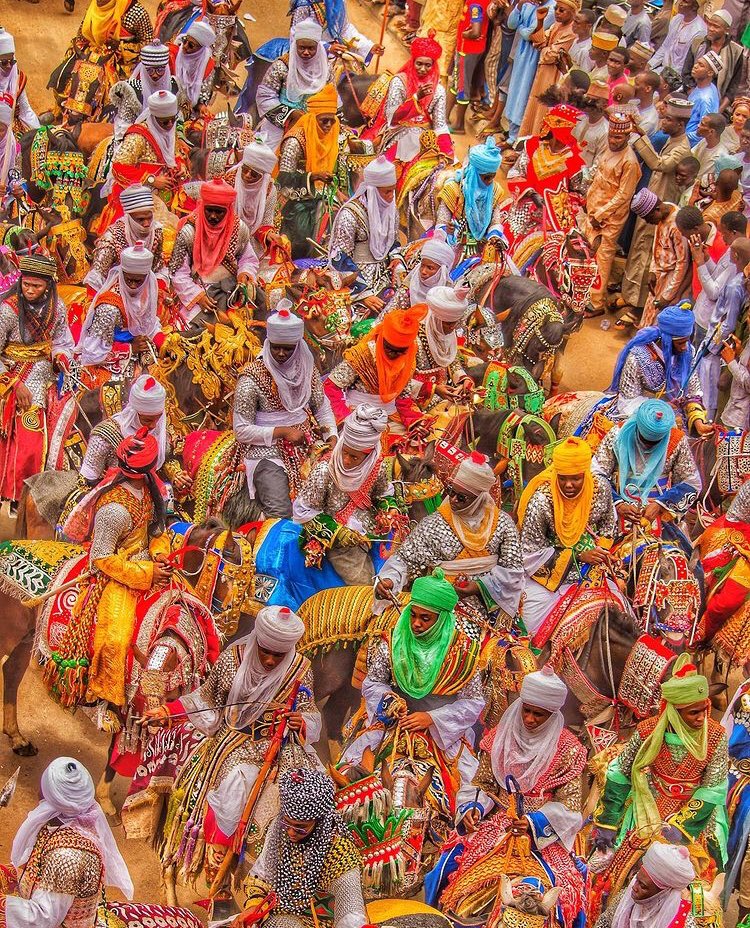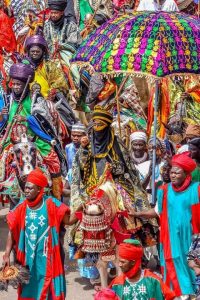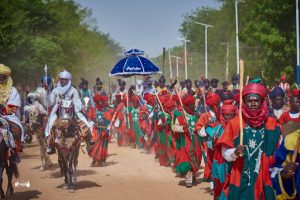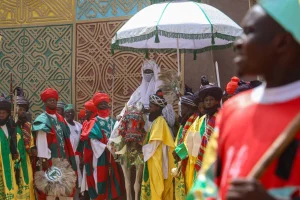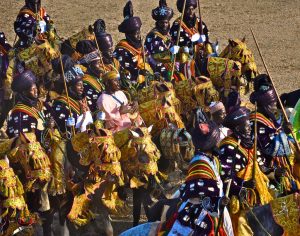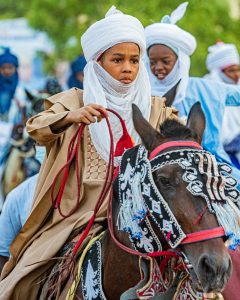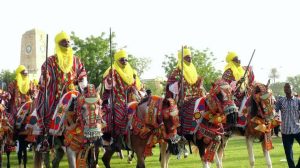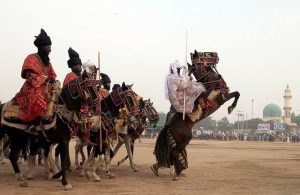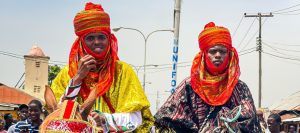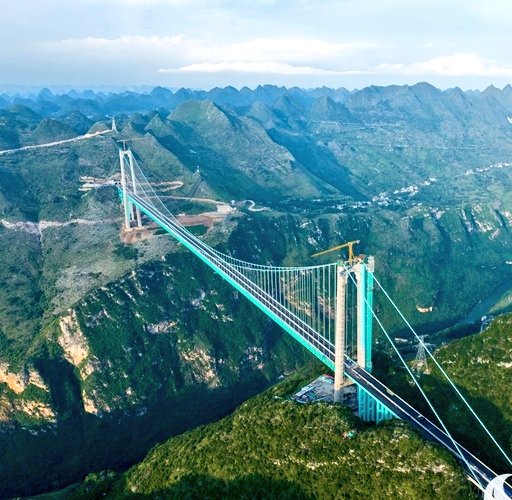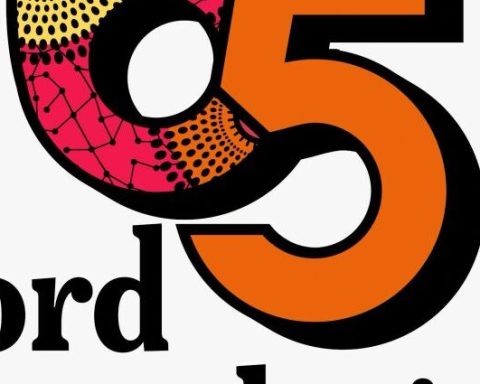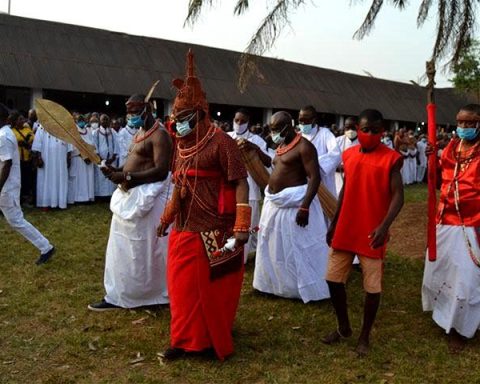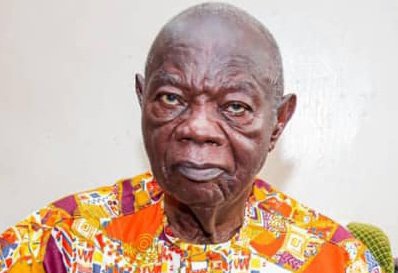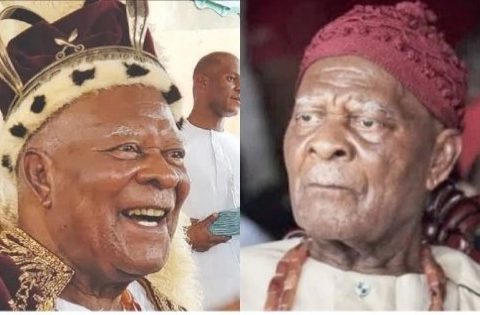Each year, during the Islamic festivals of Eid al-Fitr and Eid al-Adha, Kano, one of Northern Nigeria’s oldest cities, transforms into a breathtaking panorama of colour, sound, and tradition.
The streets reverberate with the rhythm of drums, the blare of trumpets, and the thunder of hooves as hundreds of horsemen in ornate robes and turbans parade through the city. At the centre of this grandeur is the Emir of Kano, riding a richly adorned horse leading the world-renowned Kano Durbar Festival.
Join our WhatsApp ChannelThe Durbar is far more than a parade. It is a celebration of loyalty, history, and identity, a living tradition that has endured for centuries, linking Kano’s past with its present. Recognized by UNESCO in 2024 as part of the Intangible Cultural Heritage of Humanity, the festival draws attention from across Nigeria and the globe.
Kano: A Cultural and Historical Hub
Kano is a city of over three million people, bordered by Jigawa, Katsina, Kaduna, and Bauchi states. It has long been a political, commercial, and cultural centre in Northern Nigeria, historically linked to the Hausa and Fulani people. Its old city walls, traditional palaces, and bustling markets reflect a rich heritage that is closely intertwined with the Emirate system, a political and social institution central to Northern Nigerian culture.
The city has hosted the Durbar festival for generations, preserving the pageantry and ritualistic displays that have long marked royal occasions. The word Durbar originates from the Hindi-Urdu term darbar – dar meaning “door” and bar meaning “audience” a nod to historical cross-cultural exchanges across Africa and Asia.
Origins and Historical Significance
The Durbar festival dates back over 200 years. Originally, horses were central to military defense, with each noble household maintaining a cavalry regiment to protect the Emirate. Once a year, these regiments gathered in a military parade to demonstrate loyalty, discipline, and readiness for war. The display was as much about prestige and hierarchy as it was about strategy, as each noble household vied to display its horsemanship and allegiance to the Emir.
Over time, these military displays evolved into ceremonial celebrations aligned with Islamic holidays, royal events, and visits by dignitaries. Today, the Durbar is both a cultural heritage festival and a social unifier, showcasing Kano’s enduring traditions while fostering civic pride.
Symbols of Prestige: Turbans, Robes, and Horses
Participation in the Durbar is traditionally restricted to men, each representing noble lineage or a district within the emirate. Riders wear magnificent robes and turbans, often decorated with intricate embroidery.
Some turbans feature one or two “ears,” denoting royal lineage, while horses are adorned with gold-threaded cloths, leather harnesses, and brass ornaments, transforming them into regal companions.
Music, too, is central to the festival. Traditional African instruments drums, trumpets, and praise chants fill the air, creating a symphony that blends ritual, entertainment, and celebration. Spectators cheer, ululate, and join in the communal energy, ensuring that the Durbar is as participatory as it is visual.
The Four-Day Festival
The Kano Durbar unfolds over four days of ceremony, equestrian skill, and pageantry:
- Hawan Sallah – The opening ride after Eid prayers. Horsemen gather in the palace grounds and parade through the streets, signaling the start of celebrations.
- Hawan Daushe – The highlight of the festival. The Emir departs Gidan Rumfa Palace, rides through Kofar Kwaru, and visits Baddan Daki, the Queen Mother’s residence, paying homage and receiving greetings. The day culminates in the Jahi, a spectacular cavalry salute at Kofar Kudu Gate. Riders charge toward the Emir before halting in unison a display of discipline, loyalty, and valor
- Hawan Nassarawa – This parade emphasizes peace and social cohesion, bringing together communities from various quarters of Kano. It features horsemen riding through historically significant neighborhoods, showcasing horsemanship while maintaining the hierarchical order.
- Hawan Doriya – The closing ride, symbolizing the end of the festival and the reaffirmation of unity and tradition. The day often includes ceremonial dances, final musical performances, and communal celebration.
Honouring Loyalty and Hierarchy
The festival also provides a platform for district heads, noble families, and community leaders to reaffirm loyalty to the Emir. Their hierarchical greetings, combined with ceremonial salutes, highlight the Emirate’s enduring social structure. The festival ends with a gun salute by palace guards, signaling both respect and closure.
Cultural, Social, and Economic Significance
The Kano Durbar is more than spectacle; it is cultural currency and economic lifeblood. Tourists, both domestic and international, flock to the city. Hotels, restaurants, and markets thrive. Artisans sell embroidered horse regalia, traditional robes, and crafts, while horse breeders prepare months in advance.
“It’s not just a festival,” says a local saddle maker. “It’s our heritage, our work, and our pride.”
The festival also strengthens social cohesion, uniting the Emirate’s diverse districts and communities in a shared celebration of history and identity.
Modern Challenges
Despite its enduring allure, the Durbar faces contemporary challenges. Security concerns led to the official cancellation of the 2025 festival, disappointing locals and tourists alike.
Travel packages were advertised, but the event itself was called off. Such disruptions have economic and cultural consequences, as local artisans and performers lose income, and the continuity of traditions is threatened.
Authorities and cultural advocates emphasize the need for structured cultural policies, stronger security, and government support to safeguard the festival for future generations.
Global Recognition and Tourism
The Durbar has increasingly captured the world’s attention. UNESCO’s recognition highlights its unique cultural value, while travel writers, filmmakers, and researchers document its spectacle and historical significance. Unlike modern carnivals, the Durbar retains authenticity, showcasing Africa’s regal traditions in a way that resonates internationally.
Cultural tourism linked to the Durbar also generates revenue for local communities, encouraging investment in crafts, music, and heritage preservation.
Preserving Tradition for the Future
Efforts are underway to train young riders, document crafts and musical traditions, and digitize archival footage of the Durbar. By engaging youth and embracing technology, Kano is ensuring that the festival remains relevant while retaining its historical integrity.
The story of the Durbar is one of resilience a centuries-old tradition that has survived colonialism, modernization, and social change. Its endurance is a testament to Kano’s commitment to preserving its heritage, identity, and communal values.
A Living Symbol of Kano
When the Emir’s horse halts at Kofar Kudu, dust swirling, drums echoing, and horsemen saluting, the city breathes as one. The Kano Durbar Festival is not just an event; it is the heartbeat of a people, a celebration of artistry, loyalty, and cultural pride that continues to captivate Nigeria and the world.
Amanze Chinonye is a Staff Correspondent at Prime Business Africa, a rising star in the literary world, weaving captivating stories that transport readers to the vibrant landscapes of Nigeria and the rest of Africa. With a unique voice that blends with the newspaper's tradition and style, Chinonye's writing is a masterful exploration of the human condition, delving into themes of identity, culture, and social justice. Through her words, Chinonye paints vivid portraits of everyday African life, from the bustling markets of Nigeria's Lagos to the quiet villages of South Africa's countryside . With a keen eye for detail and a deep understanding of the complexities of Nigerian society, Chinonye's writing is both a testament to the country's rich cultural heritage and a powerful call to action for a brighter future. As a writer, Chinonye is a true storyteller, using her dexterity to educate, inspire, and uplift readers around the world.


